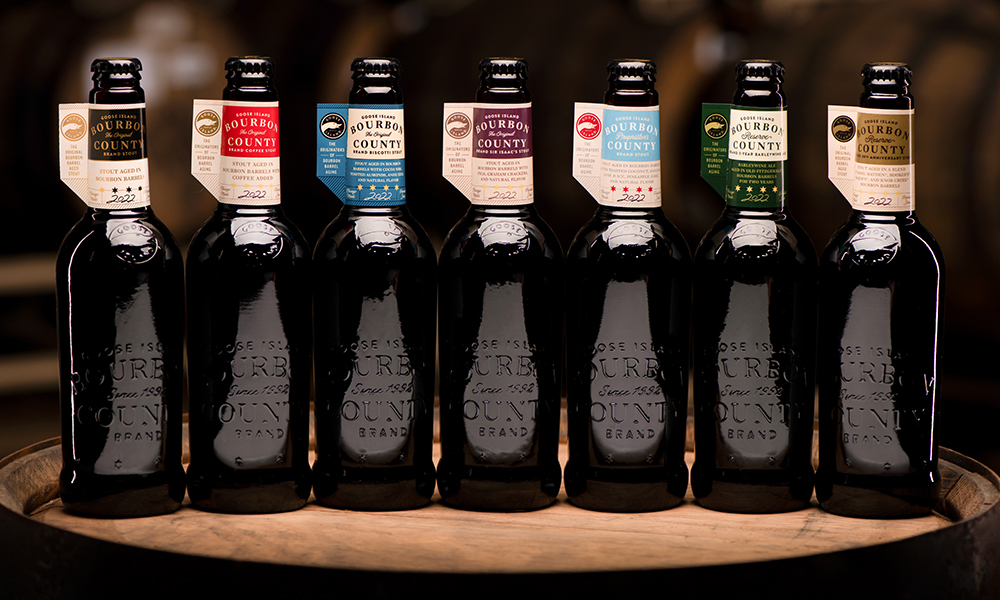Goose Island introduced its Bourbon County Stout to the world in 1992. I, too, was introduced to the world in 1992. And while that means I don’t have an encyclopedic knowledge of the evolution of the much-hyped releases over the past 30 years, it does mean that I only know a world where these delicious barrel-aged stouts are annually released. This year, I got an early taste of the 30th Anniversary Reserve Stout, five other stouts, and a barleywine ahead of the Black Friday release.
All of the releases are made with beer that has spent at least two years in barrel (exactly which bourbon distillery that barrel comes from depends on the variant). They’re good for the long run, too, with some carrying a suggested aging potential of up to five years on the label.
The suggested retail price for the Bourbon County Stouts go up to $30 a bottle. But as anyone who has followed the whiskey secondary market knows, otherwise affordable bottles can go for a lot more at specialty shops (I’ve had friends and colleagues stock up at Costco as well as their favorite beer store, if you’re looking for a reliable place to find this year’s variants).
Whether you line up for the release on Black Friday or you wait until the masses have stocked up on their fill, these are the Goose Island Bourbon County Stout variants to seek out based on what type of flavors you’re looking for.
For Drinkers Who Like Their Beer as Strong as Fortified Wine
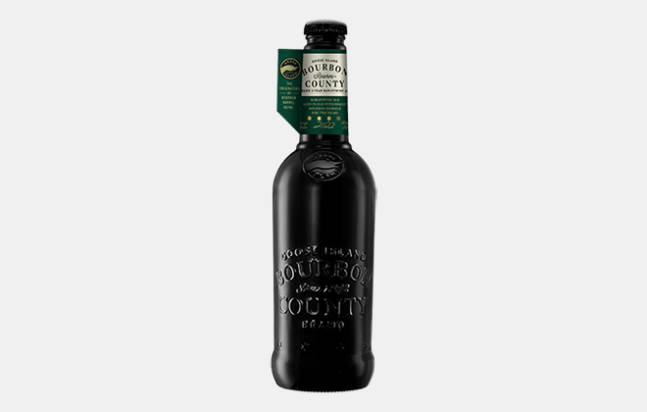
Two-Year Barleywine Reserve
Barleywines are almost always on the very strong side when it comes to alcohol percentage. Goose Island takes it to another level with this 17 percent ABV Barleywine Reserve. It’s aged for two years in barrels that previously held Old Fitzgerald Bottled-in-Bond whiskey. The alcohol packs some heat, but not as much as the sticker-shock ABV suggests. The oak has a heavy hand, but toward the end of each sip there’s a distinct prune flavor. A pint of this alone is a whopper, so probably better to have someone to share it with.
For Drinkers Who Like Their Stouts Fruity
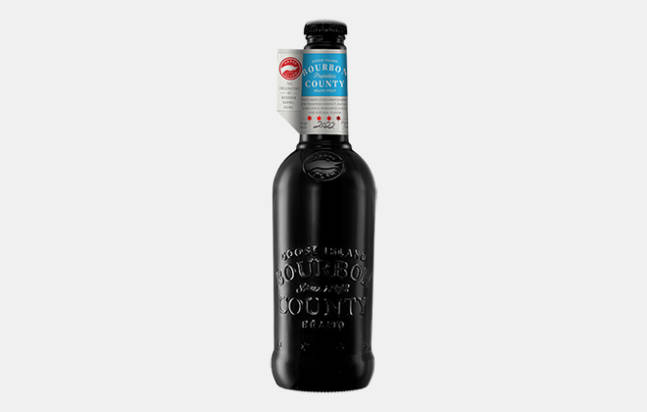
Proprietor’s Stout
Bourbon County Stouts can be hard to get your hands on depending on where you live. But that’s especially true for Proprietor’s Stout, which is only sold in Chicago. It’s worth seeking out if you’re in the area. One thing about the same company making barrel-aged stouts for three decades is that a backlog of institutional knowledge means the brewers can get past the obvious flavors a barrel can add (yes, oaky vanilla goes well with strong stouts) and finding the more off-beat flavors that work (hello, pineapple). This release comes from the minds of brewers Jason Krasowski and Paul Cade, who based it off of a Jungle Bird cocktail made with banana, coconut, and lime. The coconut in the Proprietors release hits like how Banana Boat smells, and it’s all the better for it. During the tasting, my initial thoughts wavered between whether the coconut or the pineapple was more prominent. Buy the bottle and you can be the judge, but there’s no denying this dark beer brings all of the tropical notes. Fun fact: This is the first time in its 30 year history that a Bourbon County Stout has used pineapple.
For Drinkers Who Chase Special Releases

30th Anniversary Reserve Stout
The 30th Anniversary Reserve Stout uses the Original as a base and then adds a little more aging. A tag on the bottle takes a page from the hyper transparency that’s so popular with whiskeys these days and lists a breakdown of what barrels each of the beers were aged in before being mixed into the final blend: 36 percent Bookers, 33 percent Knob Creek, 17 percent Basil Hayden, and 14 percent Baker’s Bourbon. Oak notes like baking spices and vanilla dominate, as well as dark stone fruit.
For Drinkers Who Like to Compare Year-Over-Year Changes
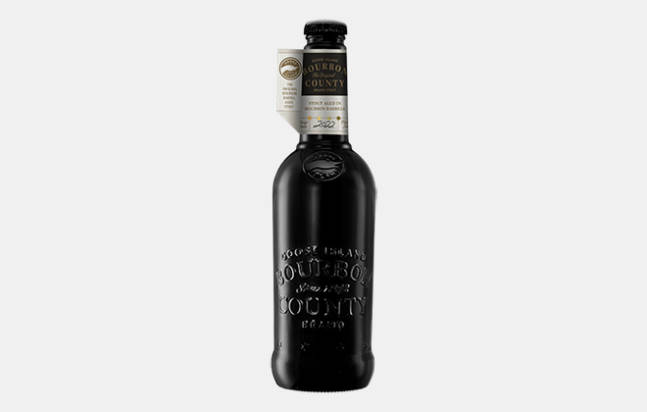
Original Bourbon County Stout
The original recipe that started it all still stands up. Using the recipe from 1992, this year’s Original is a blend of beer aged in barrels that previously held Buffalo Trace, Wild Turkey, Four Roses, and Heaven Hill whiskeys. Of course, to actually compare how this barrel blend matches up to previous years you’ll also have to source bottles from previous years. Still, this beer holds its own even if you can’t make a direct year-over-year comparison. It’s by far the thickest of the bunch among this year’s releases. It would taste great as a liquid dessert without veering completely into the dessert beer style.
For Drinkers Who Like Freshly Roasted Coffee
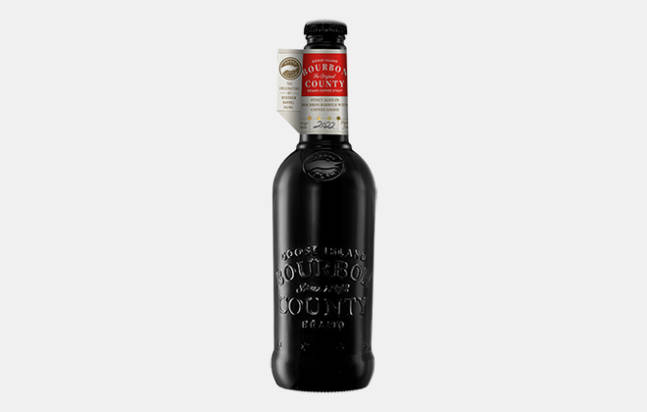
Coffee Stout
The smell of whole bean coffee comes off this beer about as strong as the aroma that comes off of, well, a package of whole bean coffee. Coffee and barrel-aged stouts go hand in hand. In fact, a coffee stout was among the first variants added to the Bourbon County lineup in 2010. This is the first return of a coffee stout variant since 2017. Goose Island kept it local with Chicago-based Intelligentsia (which also handled the beans in 2010), and the roaster provided its Turihamwe blend using Burundi beans. The resulting beer is rich, but it also has a lovely coffee acidity and some cacao flavor that ties it all together.
For Drinkers Who Really Like Figs
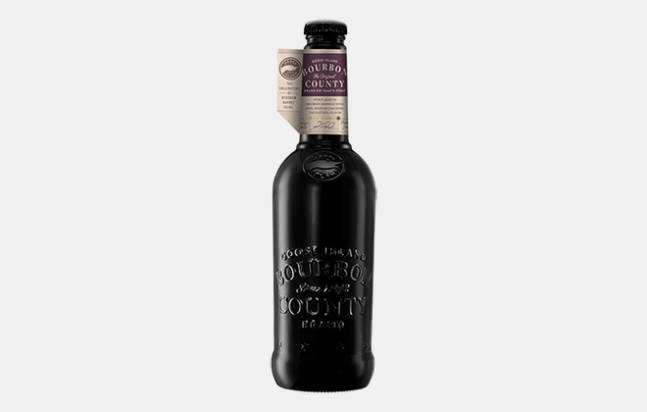
Sir Isaac’s Stout
If you don’t understand the name of this variant at first sight, you will at first sip. The most famous Sir Isaac out there is Sir Isaac Newton, who today happens to share a name with Fig Newton. And that’s exactly what this beer tastes like. It’s all dried fruit and graham cracker with just a hint of leather at the end (in a good way). The prominent flavor makes sense: Goose Island added 10,000 pounds of Black Mission figs in the barrel along with the beer.
For Drinkers Who Like Their Beer to Taste Like Chocolate-Covered Cookies
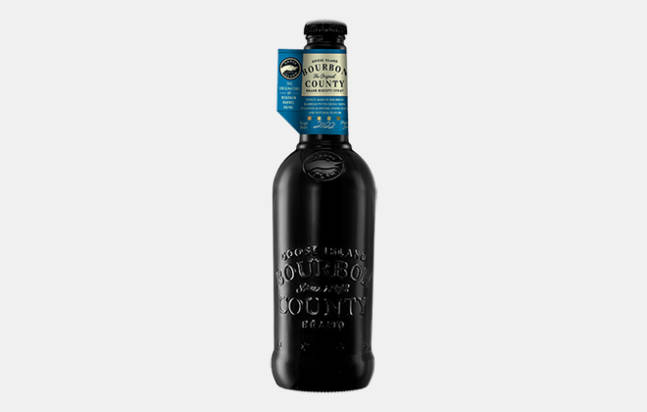
Biscotti Stout
You could grab any one of these bottles as an after dinner treat and be more than satisfied. None bring dessert-worthy sipping to the same level as the Biscotti Stout, though. Goose Island People Manager (actual title) Jill Cerone came up with the idea for this one based off of a box of chocolate-dipped biscotti and the Italian desserts she had as a kid. It tastes as cookie-filled as the name suggests. Marzipan leads the flavor profile, with cocoa and a nuttiness close behind. Not everyone loves the dessertification of beer, but if you do, you’ll need to buy more than one bottle of this.

